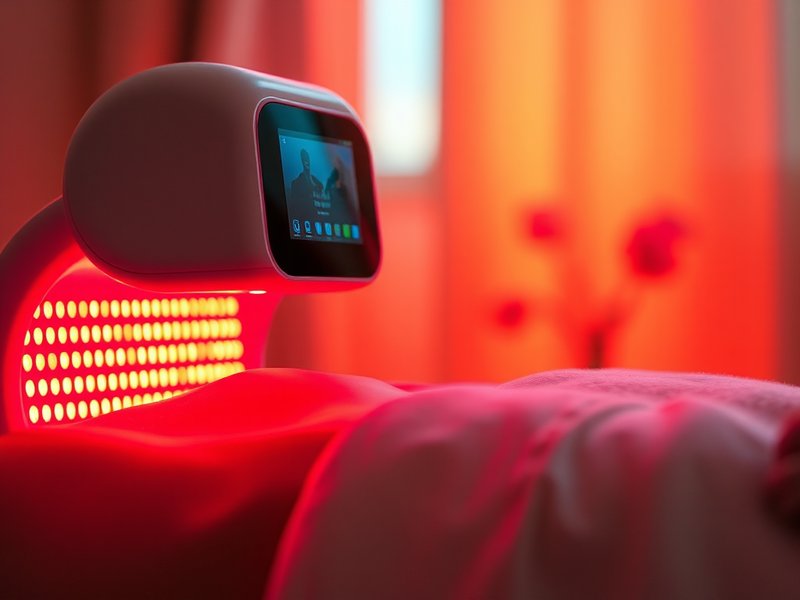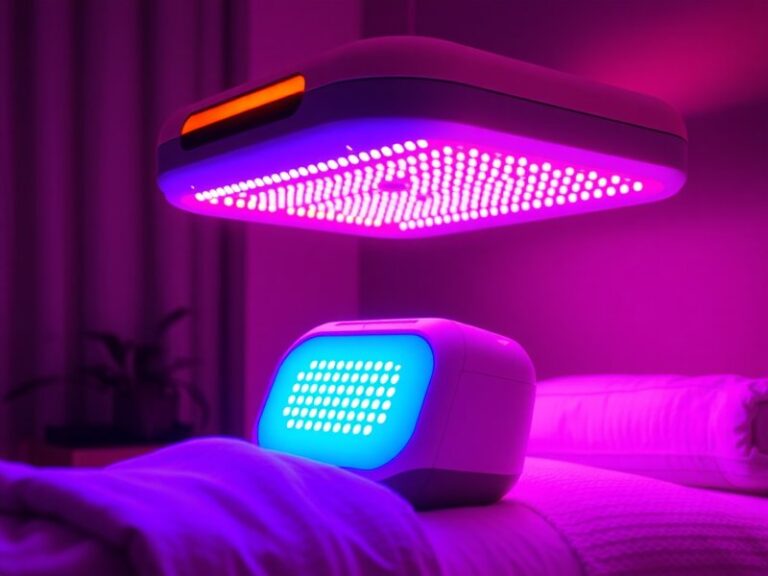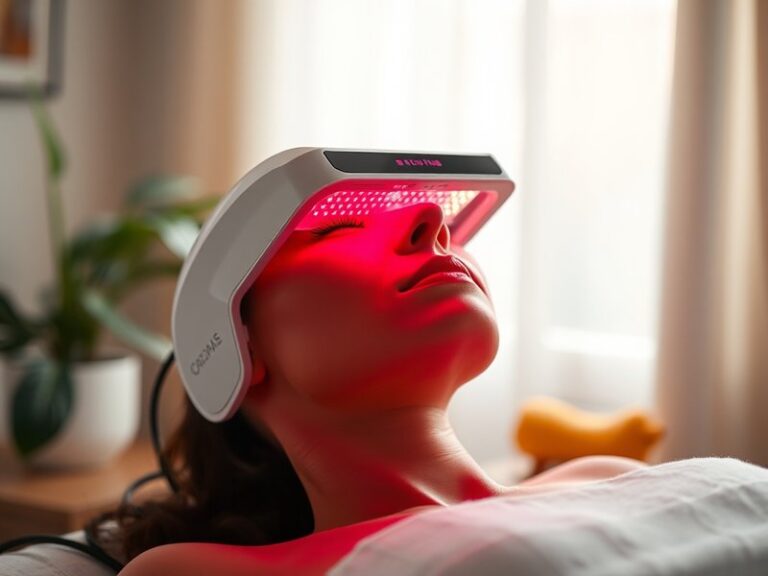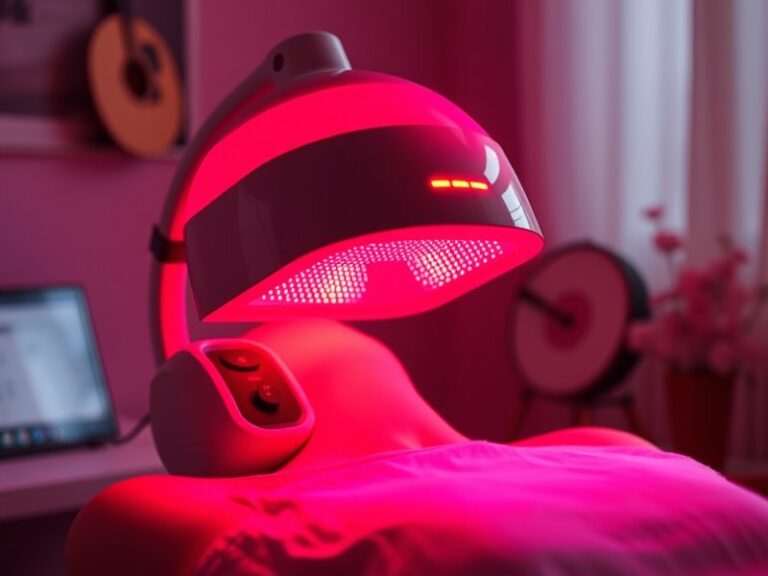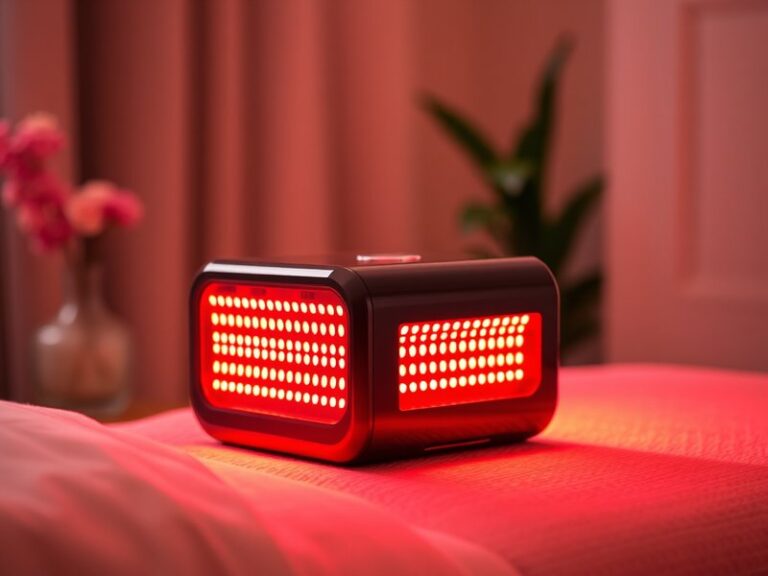What Are The Long Term Effects Of Red Light Therapy?
What Are The Long Term Effects Of Red Light Therapy?
Are you curious about the long-term effects of red light therapy on health and well-being?
In recent years, red light therapy (RLT) has gained considerable attention for its potential benefits in various health-related fields, from skin rejuvenation to pain relief. This article will delve into the long-term effects of red light therapy, exploring its benefits, considerations, and alternatives to help you make informed decisions about its use.
Key Takeaways
- Red light therapy can enhance cell function and promote recovery, leading to various health benefits over time.
- Regular use may improve skin appearance, reduce inflammation, and aid in muscle recovery.
- It’s important to consider individual health conditions and consult medical professionals before starting RLT.
What is Red Light Therapy?
Red light therapy involves the use of low-wavelength red light to stimulate cellular function in the body. It is primarily applied through light-emitting diode (LED) devices or lasers that emit specific wavelengths known to promote biological processes.
Medical and cosmetic professionals use RLT for various purposes, including skin treatments, tissue repair, and pain management. The therapy harnesses the power of light, which penetrates the skin and stimulates cells, leading to increased ATP production and enhanced cellular repair mechanisms.
Mechanism of Action
Red light therapy works at a cellular level by stimulating the mitochondria, the powerhouse of cells. By increasing ATP (adenosine triphosphate) production, RLT enhances cellular energy, leading to improved tissue repair, reduced inflammation, and increased collagen production in the skin.
Applications of Red Light Therapy
RLT has applications in multiple fields, including dermatology, sports medicine, and pain management. Patients report various benefits, making it a versatile approach to health and wellness.
What are the Benefits of Red Light Therapy?
While the science is still developing, many users report significant advantages from consistent use of red light therapy. Here are some benefits to consider:
Enhanced Skin Health
Numerous studies have highlighted RLT’s potential in improving skin conditions like acne, rosacea, and wrinkles. The therapy promotes collagen synthesis, leading to firmer skin and reduced signs of aging. Users often note a brighter, more even skin tone after regular sessions.
Pain Relief and Inflammation Reduction
Red light therapy has shown promise in managing chronic pain conditions such as arthritis and muscle injuries. By reducing inflammation and accelerating tissue repair, it can help individuals regain mobility and reduce discomfort over time.
Improved Muscle Recovery
Athletes and fitness enthusiasts have turned to RLT for its ability to enhance muscle recovery following workouts. Studies indicate that RLT can decrease soreness and fatigue, helping athletes perform better and recover faster after intense physical activity.
Mood Enhancement and Sleep Improvement
Some research suggests that exposure to red light may regulate circadian rhythms and improve sleep quality. Additionally, it can boost mood by stimulating the release of melatonin, promoting relaxation and restful sleep.
Is it Possible to Use Red Light Therapy Safely?
Yes, red light therapy can be used safely at home or professionally, but it is essential to consider the proper guidelines and precautionary measures.
What are the Advantages of Using Red Light Therapy?
Utilizing red light therapy comes with various benefits.
- Convenience: At-home devices make it easy to incorporate RLT into daily routines.
- Non-invasive: Unlike some medical treatments, RLT is non-invasive and generally free from side effects.
- Affordability: Over time, home devices can be more cost-effective than regular visits to clinics.
What are the Disadvantages of Using Red Light Therapy?
Despite its advantages, some challenges exist when considering red light therapy.
- Initial Costs: High-quality devices can be investment-heavy.
- Varied Results: Individual responses may vary, and some might not experience significant benefits.
- Limited Research: While promising, long-term research is still limited, and more studies are needed for conclusive evidence.
What are the Things to Consider Before Starting Red Light Therapy?
Before beginning red light therapy, there are essential considerations to keep in mind:
Individual Health Conditions
Consulting with a healthcare provider before starting RLT is crucial, especially for individuals with pre-existing health conditions, like photosensitivity or skin cancer.
Device Quality and Specifications
Not all red light therapy devices are created equal. It’s essential to research and choose high-quality equipment that emits the appropriate wavelengths for targeted treatment.
Treatment Duration and Frequency
Understanding the recommended duration and frequency of sessions is vital for achieving optimal results. Overuse can hinder effectiveness.
What are the Alternatives to Red Light Therapy?
If red light therapy doesn’t seem suitable, several alternatives can provide similar benefits.
Low-Level Laser Therapy (LLLT)
Similar to RLT, LLLT uses laser light to stimulate cellular processes. This method has applications in pain relief and healing, making it a viable alternative.
Ultrasound Therapy
This technique employs sound waves to promote tissue repair and reduce pain and swelling. It can be particularly beneficial for athletes or individuals recovering from injuries.
Photodynamic Therapy (PDT)
PDT uses light-sensitive medication combined with light exposure to treat various skin conditions and can also be beneficial in targeted treatments.
Conclusion: Is it Recommended to Use Red Light Therapy?
Red light therapy shows promise with various long-term benefits, including enhanced skin health, pain reduction, and improved recovery times. However, as with any therapy, it is essential to approach it with caution, consult healthcare professionals, and consider individual health conditions.
Frequently Asked Questions
How long does it take to see results from red light therapy?
Individuals may begin to notice improvements within a few weeks of regular use, but optimal results typically require consistent treatment over several months.
Discover the full story Red Light Therapy with Wet Hair?
Are there any side effects associated with red light therapy?
Most individuals experience minimal to no side effects, but minor redness or discomfort can occur, particularly in sensitive individuals.
Learn everything about Can Red Light Therapy Be Done At Home?
Can everyone use red light therapy?
While most individuals can safely use RLT, those with certain medical conditions or sensitivities should consult with a healthcare provider first.
How often should I use red light therapy for the best results?
Typically, treatments range from 2-5 times per week, with specific recommendations varying based on the device and individual needs. Always adhere to the device instructions for optimal results.
